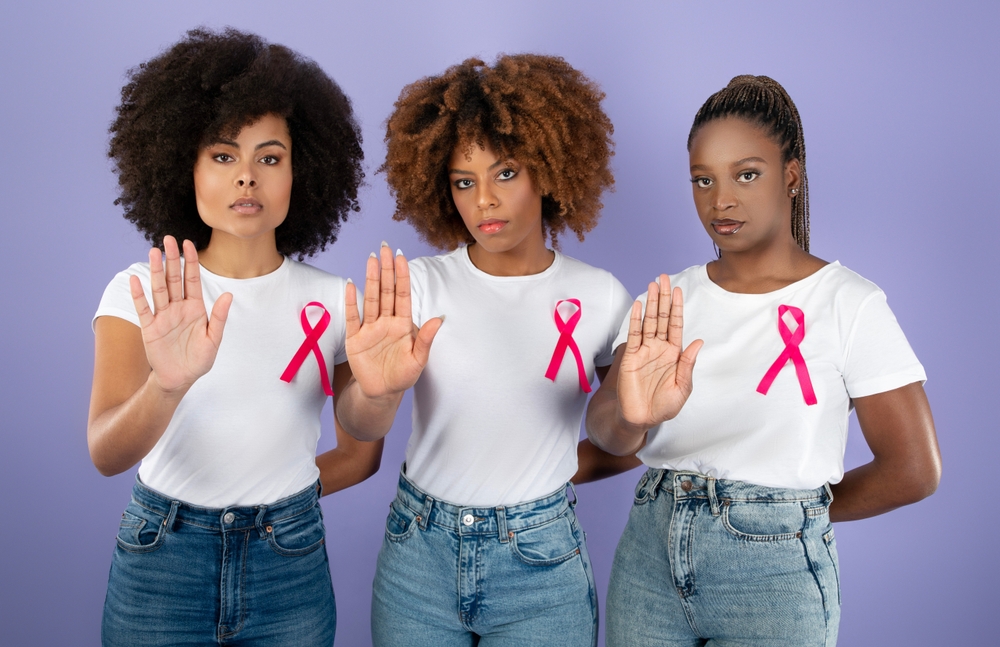Breast cancer diagnoses are increasing particularly among younger women despite treatment advances and decreased mortality rates since the late 1980s.
An American Cancer Society report shows breast cancer incidence has risen 1% yearly since 2012 with a sharper 1.4% annual increase among younger women since 2021. This trend raises concerns as screening usually starts at 40 potentially leaving younger women undiagnosed.
The report reveals racial and ethnic disparities. Asian American and Pacific Islander women under 50 have seen a 50% rise in breast cancer diagnoses since 2000 now exceeding rates among Black, Hispanic and American Indian and Alaska Native women of the same age. This marks a shift from 2000 when AAPI women had among the lowest breast cancer rates.
Experts can’t pinpoint exact causes for rising breast cancer rates in younger women. Environmental factors, obesity and sedentary lifestyles are potential contributors. Researchers suspect a combination of factors rather than a single cause.
Racial gaps in breast cancer mortality persist despite overall improvements. Black women face higher death risks from breast cancer than white women. Although Black women are 5% less likely to be diagnosed with breast cancer than white women they’re nearly 40% more likely to die from it. This disparity spans all breast cancer types not just aggressive forms.
Early screening and effective treatment access are key to addressing these disparities. American Indian and Alaska Native women have 10% lower breast cancer diagnosis rates than white women but are 6% more likely to die from it. Only half of these women over 40 have had a mammogram in the past two years compared to 70% of white women. Hispanic women also have lower screening rates than white women.
Expanding early screening and optimal cancer treatment access is crucial to tackle these disparities. Healthcare resources are unevenly distributed nationwide affecting care accessibility. Insurance coverage, work schedules and cancer center proximity significantly impact screening and treatment access.
Ensuring all patients can access effective treatments and screenings is vital. Despite new drug therapies the racial gap in breast cancer outcomes persists. Experts stress that new drugs alone won’t suffice; systemic changes are needed to address healthcare access inequities.
Healthcare professionals and policymakers must collaborate on strategies to address these disparities. Potential solutions include targeted outreach programs, better education about breast cancer risks and screening and efforts to improve healthcare accessibility in underserved areas.
Research into factors driving breast cancer increases among younger women should be prioritized. Understanding these elements could lead to better prevention strategies and earlier screening recommendations for high-risk groups.
Improving diversity in breast cancer treatment clinical trials could ensure new therapies work for all populations. This approach might result in more targeted and effective treatments across diverse groups.
Combating breast cancer requires a multifaceted approach combining medical research, public health initiatives and policy changes. Only comprehensive efforts can reverse the troubling trends in this report improving breast cancer outcomes for all women regardless of age, race or ethnicity.
As breast cancer treatment advances ensuring these improvements benefit all women equally is crucial. Addressing diagnosis, treatment and outcome disparities is essential to create a future where breast cancer doesn’t disproportionately affect certain women’s groups.
The American Cancer Society report calls for action from the medical community, policymakers and the public. It emphasizes the need for ongoing research, improved care access and targeted interventions to address rising breast cancer rates among young women and persistent racial outcome disparities.
Experts suggest several steps to combat these trends. Increasing awareness about breast cancer risks and the importance of early detection among younger women is crucial. Developing more sensitive screening methods for dense breast tissue common in younger women could improve early detection rates.
Addressing socioeconomic factors that contribute to healthcare disparities is also vital. This includes improving health insurance coverage, reducing out-of-pocket costs for screenings and treatments and increasing the number of healthcare facilities in underserved areas.
Promoting healthier lifestyles through education and community programs could help reduce risk factors like obesity and sedentary habits. Additionally further research into environmental factors that might contribute to breast cancer risk is needed.
As the medical community works to understand and address these trends individuals are encouraged to be proactive about their health. Regular self-examinations, maintaining a healthy lifestyle and discussing family history and personal risk factors with healthcare providers are important steps in early detection and prevention.




